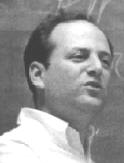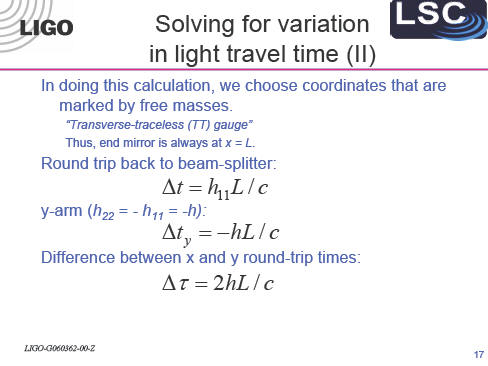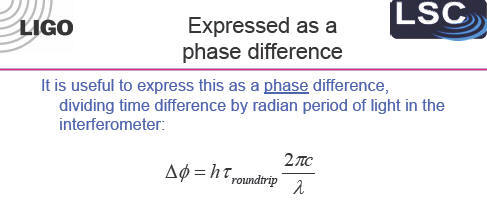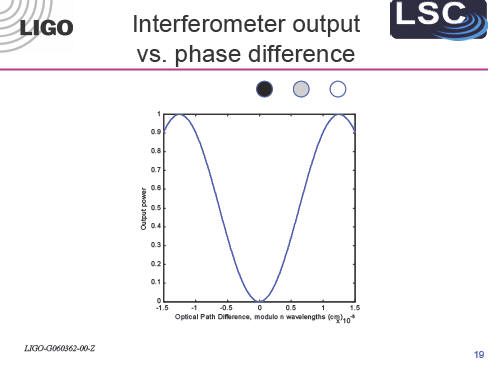|
|
American Association of Physics Teachers |
|
|
Peter
Saulson's TALK
-- p. 5 Teaching Gravitational Waves: A lesson in heuristic (mis)understanding of how an interferometer detects gravitational waves from the AAPT Topical Workshop: Teaching General Relativity to Undergraduates Syracuse University, July 20-21, 2006 |
|
The 27 graphics from Saulson's talk are here in 7 web pages. In the narrative below you can click on any subject to go to its page. Click here for a full PDF version. pg. 1 It is essential but difficult to provide explanations that are both correct and intelligible to those who support GR research, e.g.the general public and their representatives. Saulson offered two such explanations of how LIGO's interferometer is to detect gravity wave -- a heuristic, mostly correct, explanation and a more elaborate one that is always correct. His heuristic example starts with a picture of a set of freely falling masses. pg. 2 He shows what happens when a gravity wave passes through the set of masses. The detection strategy uses interferometry to sense the relative motion of free masses that are kilometers apart. These small differences of displacement are converted to relative brightness. pg. 3 The more correct calculation measures distance by round-trip travel time of light. This requires generalizing the spacetime interval of special relativity with the appropriate GR metric. pg. 4 Then gravity waves appear as small additional terms in the flat space GR metric. The waves have two independent polarizations -- plus and cross. Now solve for variation of light travel time in each interferometer arm. pg. 5 The result is the difference between the travel times in the x and y arms. This difference can be expressed as a phase difference that the transponder turns into a brightness at the output. What does
the calculation mean? pg. 6 Answers: pg. 7 You can do the math and not understand the results. Professionals as well as non-professionals need heuristics. We need them for clear explanations. |







